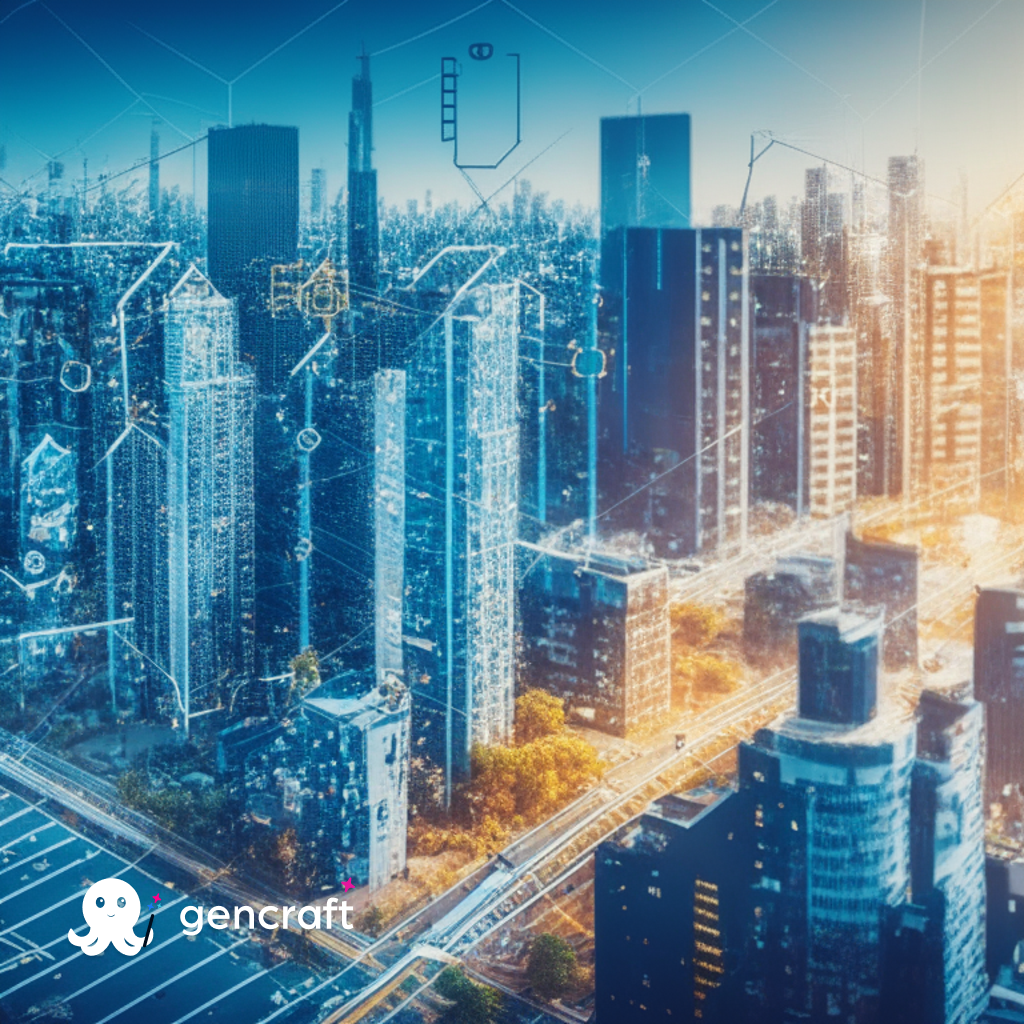As the world continues to urbanize, cities face numerous challenges in managing resources, improving efficiency, and enhancing the quality of life for their residents. The Internet of Things (IoT) has emerged as a transformative technology that can revolutionize urban environments, leading to the development of smart cities. This article explores the intersection of IoT and smart cities, highlighting the benefits, applications, and potential of IoT in building the cities of the future.
Understanding Smart Cities

Defining Smart Cities:
Smart cities leverage advanced technologies, including IoT, to optimize urban infrastructure, services, and resource management. These cities utilize data-driven insights to improve efficiency, sustainability, and the overall quality of life for their residents.
Key Components of Smart Cities:
Smart cities rely on interconnected systems, including sensors, devices, and networks, to collect and analyze data in real-time. This data is used to inform decision-making, improve services, and create innovative solutions for urban challenges.
IoT Applications in Smart Cities
Smart Energy Management:
IoT enables intelligent energy management in smart cities by monitoring and optimizing energy consumption. Connected sensors track energy usage, analyze patterns, and identify opportunities for conservation and efficiency improvements.
Intelligent Transportation Systems:
IoT facilitates the development of intelligent transportation systems in smart cities. Real-time data from sensors and devices is used to manage traffic flow, optimize routes, and improve public transportation services, reducing congestion and enhancing mobility.

Enhancing Urban Infrastructure
Smart Building Management:
IoT enables smart building management systems that monitor and control various aspects of buildings, including lighting, HVAC systems, and security. This results in energy savings, improved occupant comfort, and enhanced operational efficiency.
Waste Management:

IoT-based waste management systems utilize sensors and smart bins to optimize waste collection routes, reduce overflowing bins, and improve recycling efforts. This leads to cleaner and more sustainable cities.
Improving Public Services and Safety
Smart Healthcare:
IoT applications in healthcare enhance patient care by enabling remote monitoring, telemedicine, and real-time data sharing between healthcare providers and patients. This improves access to healthcare services and enhances patient outcomes.
Public Safety and Security:
IoT-powered surveillance systems, emergency response networks, and smart sensors contribute to enhanced public safety in smart cities. Real-time monitoring and predictive analytics enable faster response times and proactive safety measures.
Conclusion:
The convergence of IoT and smart cities offers immense potential to transform urban landscapes, improve quality of life, and address the challenges faced by growing cities. From energy management and transportation optimization to infrastructure enhancements and public services, IoT enables data-driven decision-making and innovative solutions. By harnessing the power of IoT, cities can become more sustainable, efficient, and livable, creating a better future for their residents.
FAQs
What exactly is a smart city and how does IoT play a role in its development?
Answer: A smart city is an urban environment that leverages advanced technologies, including IoT, to improve infrastructure, services, and quality of life. IoT plays a crucial role in a smart city by enabling real-time data collection, analysis, and connectivity, which inform decision-making and drive efficiency and sustainability.
How does IoT contribute to energy management in smart cities?
Answer: IoT enables smart energy management in smart cities through the use of connected sensors and devices that monitor energy consumption, analyze patterns, and identify opportunities for conservation and efficiency improvements. This data-driven approach helps optimize energy usage, reduce wastage, and promote sustainability.
What are some examples of IoT applications in smart cities related to transportation?
Answer: IoT applications in smart cities can revolutionize transportation systems. Examples include real-time traffic monitoring, intelligent parking solutions, optimized public transportation routes, and smart traffic signals. These applications improve traffic flow, reduce congestion, and enhance mobility options for residents.
How does IoT contribute to improving public safety in smart cities?
Answer: IoT enhances public safety in smart cities through the implementation of smart surveillance systems, emergency response networks, and connected sensors. Real-time monitoring, predictive analytics, and quick response times enable proactive safety measures, faster emergency responses, and effective crime prevention.
What are the benefits of implementing IoT in healthcare services in smart cities?
Answer: IoT applications in healthcare services in smart cities enable remote patient monitoring, telemedicine, and real-time data sharing between healthcare providers and patients. This improves access to healthcare, enhances patient care and outcomes, and enables more efficient healthcare service delivery.

